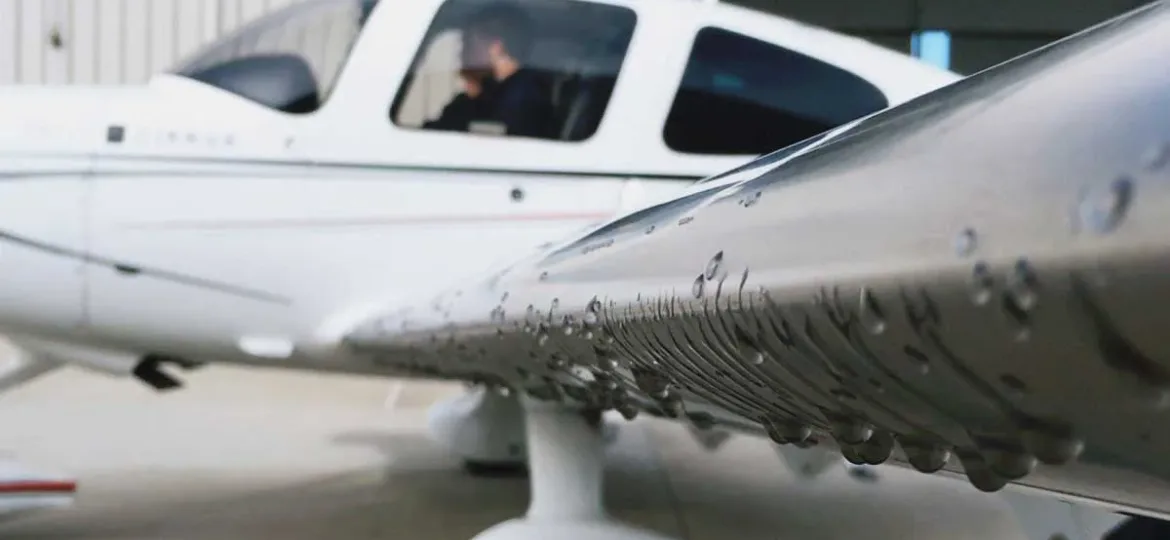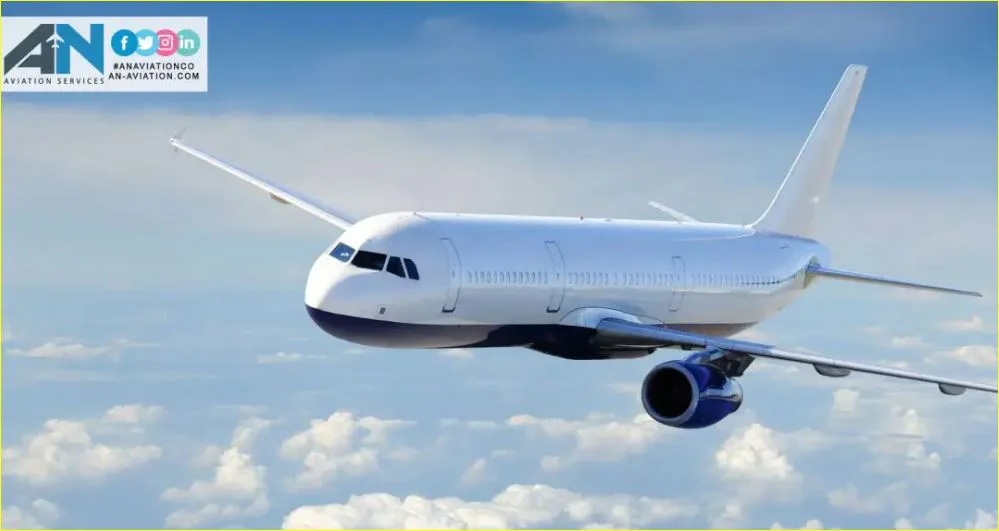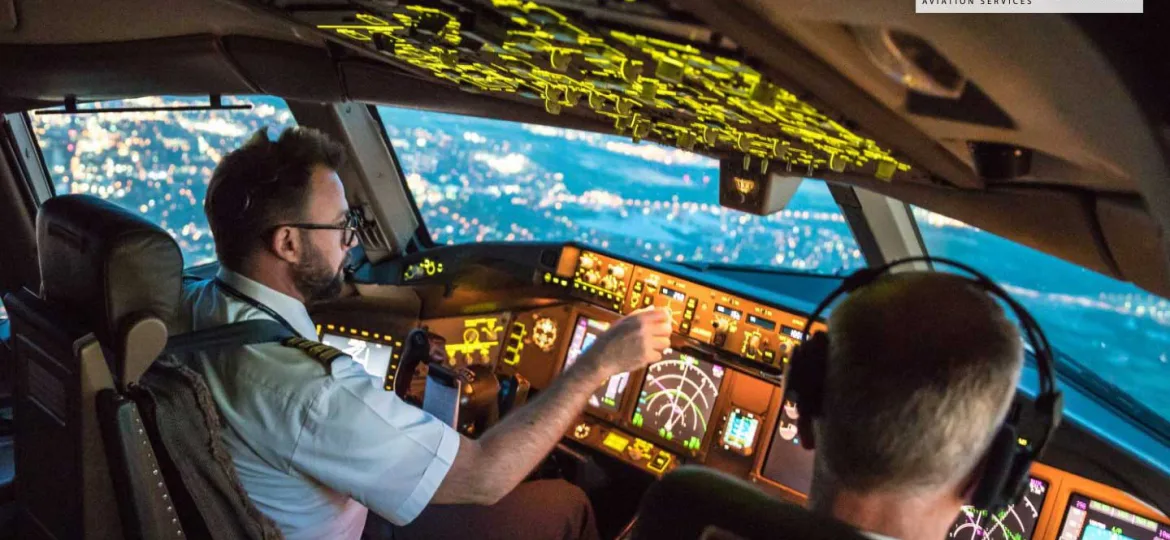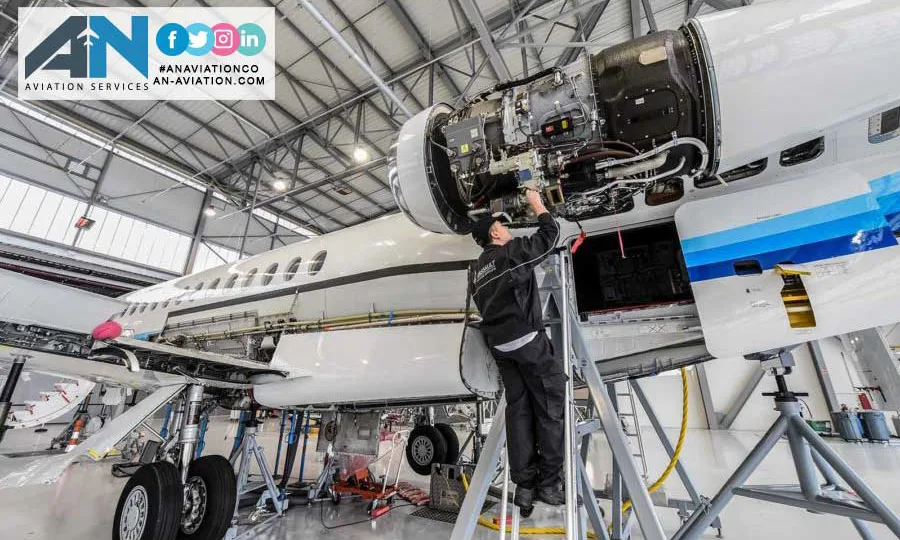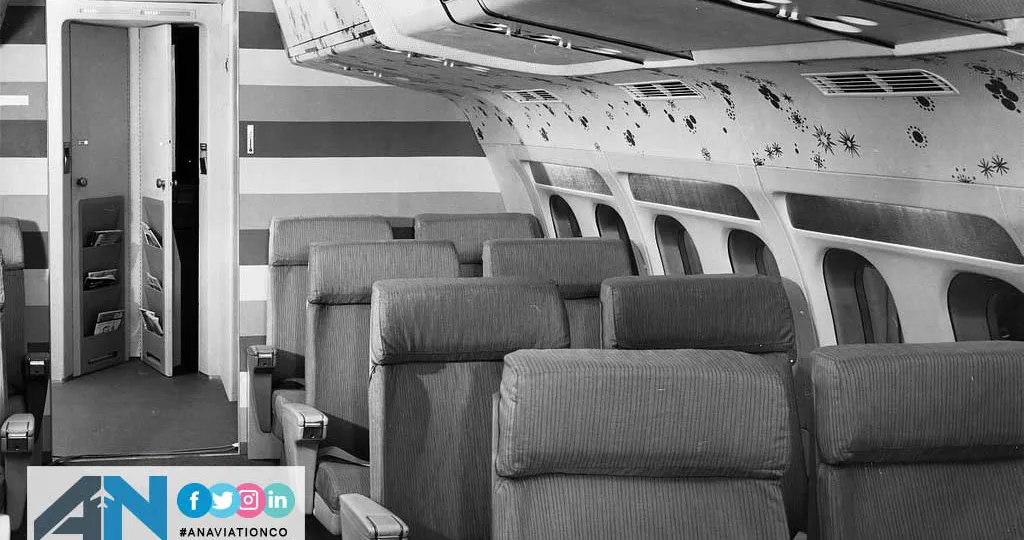For pilots, clouds are more than just breathtaking sights—they’re essential indicators of weather conditions, flight visibility, and safety.
Flying through icing conditions presents one of the most significant challenges in aviation, requiring advanced technology and systems to ensure safety.
Every time you board a plane, settle into your seat, and prepare for takeoff, you’re stepping into a highly orchestrated process that’s been fine-tuned for safety, precision, and efficiency.
The image of a pilot in uniform, confidently commanding a high-tech machine thousands of feet above the ground, carries a unique appeal that few other careers can match.
When it comes to air travel, few experiences can compare to the exclusivity, comfort, and elegance of luxury private jets.
In the early days of aviation, flying was an exclusive experience, reserved for the wealthy and adventurous. Passengers traveled in small, unpressurized cabins, and flying was considered more of a novelty than a necessity.
The aviation industry relies on skilled professionals to keep planes safe and operational, and one of the most vital roles in this field is that of an aircraft mechanic.
The world of aviation is a constantly evolving field where safety, comfort, and efficiency go hand in hand. Among the many advancements in the aviation industry, the transformation of the airplane interior stands out as a crucial element.



